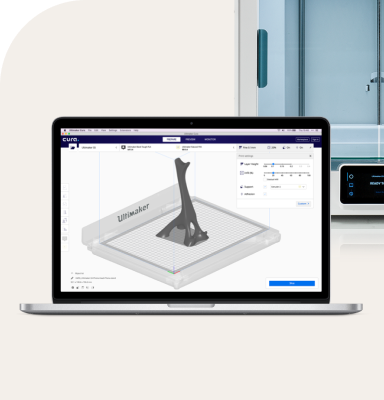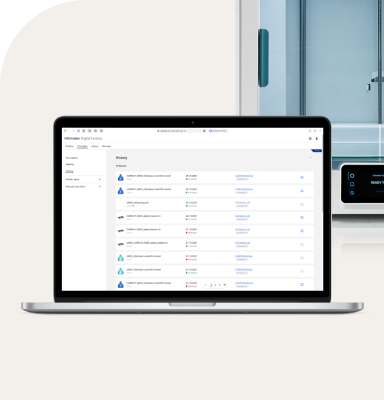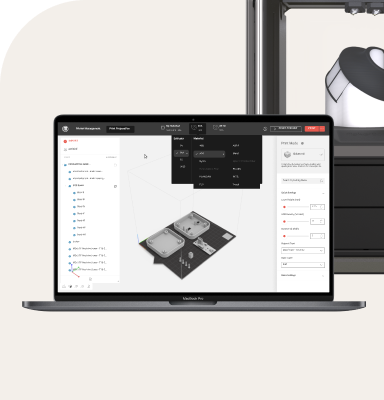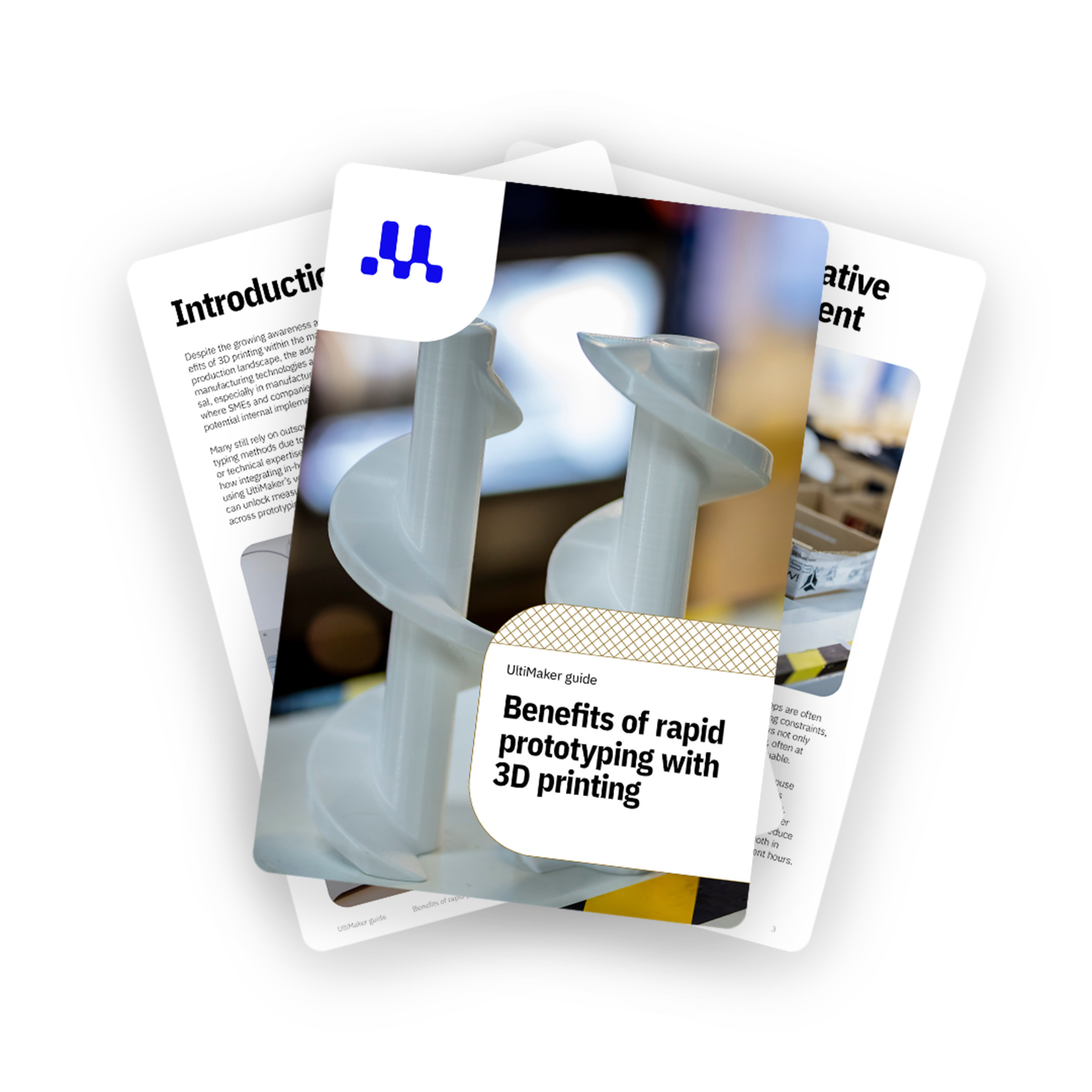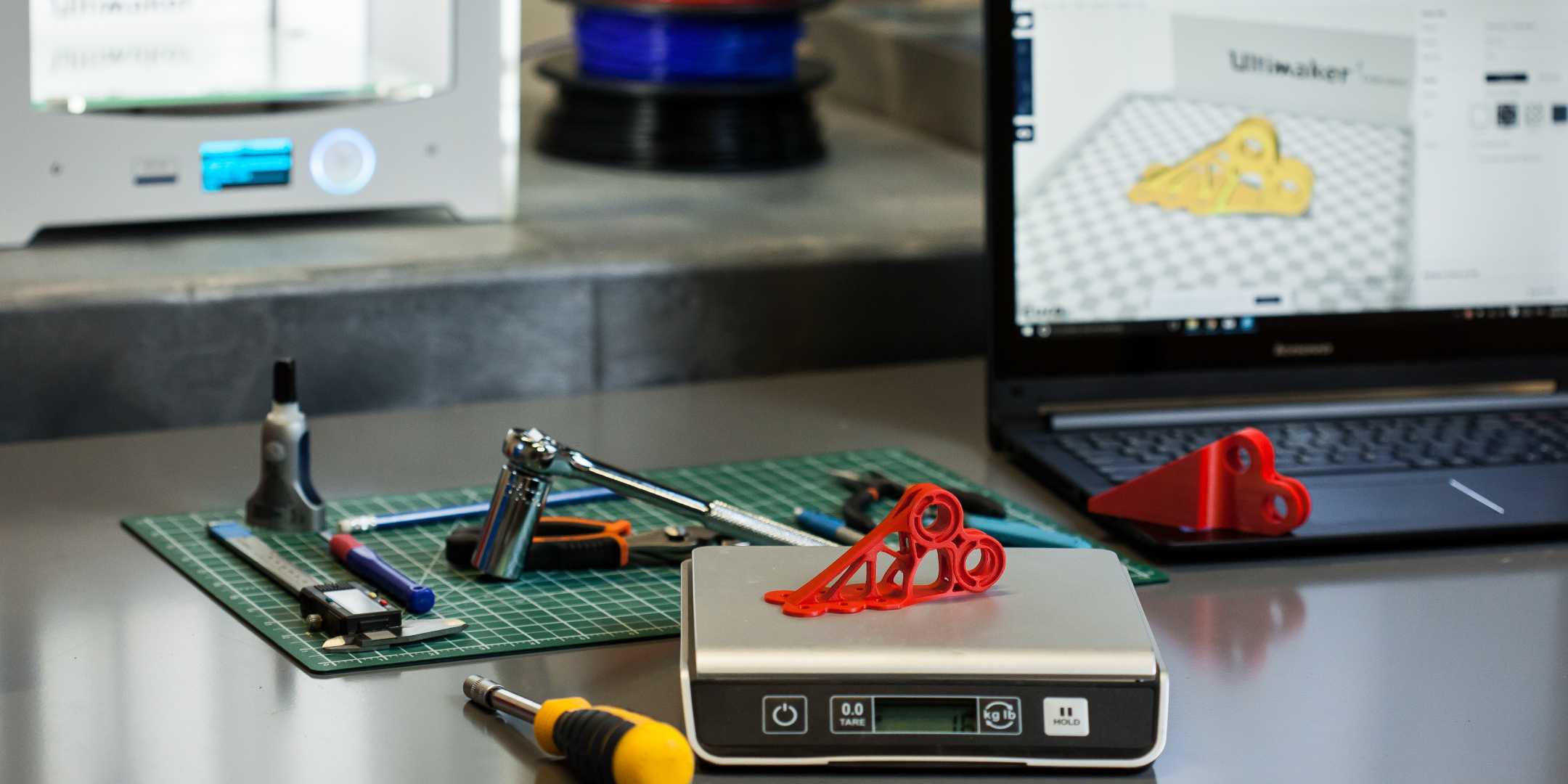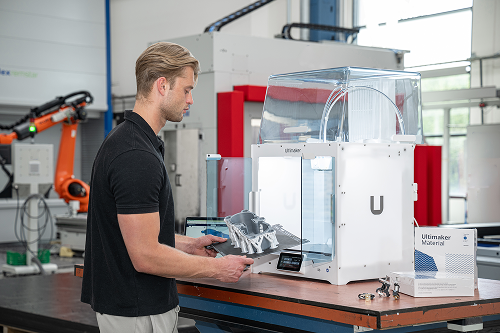3D modeling for prototyping: Best practices and tools
The success stories underscore the importance of effective 3D modeling practices, which are fundamental to creating functional and accurate prototypes. Proper 3D modeling, combined with the right tools, ensures that digital designs translate seamlessly into physical prototypes, accelerating product development and minimizing iterations.
3D modeling is a crucial step in the rapid prototyping process, allowing designers and engineers to create detailed digital representations of their ideas before physical production. By utilizing specialized software and following best practices, teams can streamline their workflow and produce more effective prototypes.
Selecting the right tools is key to successful 3D modeling for prototyping. Popular software options include Autodesk Fusion 360, a comprehensive CAD/CAM tool with powerful parametric modeling capabilities; SolidWorks, an industry-standard parametric modeling software widely used in engineering; Blender, an open-source software with a versatile feature set for organic and mechanical designs; Rhino, ideal for creating complex, organic shapes with its NURBS-based modeling approach; and TinkerCAD, a user-friendly option for beginners and quick conceptual designs.
The critical bridge between 3D modeling and successful printing is UltiMaker Cura, one of the world's most popular slicing software solutions. This powerful open-source tool converts 3D models into printer-ready instructions (G-code), with over 400 customizable settings for fine-tuning prints. Cura offers both simplified "Recommended Mode" for beginners and "Custom Mode" for advanced users, making it accessible regardless of experience level. The software includes specialized profiles optimized for different applications and materials, ensuring reliable results while minimizing the learning curve.
Adhering to best practices ensures efficient and accurate model creation. These include starting with simple geometries and building complexity gradually, using parametric modeling techniques for easy modifications, maintaining organized model trees and naming conventions, considering the limitations of the 3D printer being used, and designing specifically for the prototype printing technology to be used (FDM, SLA, SLS, etc.).
Understanding the relationship between digital design and physical production is important for successful prototyping. Engineers should consider minimum feature sizes achievable by the printer, support structure requirements for overhangs and complex geometries, material properties and their impact on design decisions, and post-processing needs and how they affect model tolerances.
Recent advancements in 3D modeling tools include the integration of simulation capabilities. These features allow designers to perform stress analysis on digital models before printing, optimize designs for weight reduction and strength, simulate fluid dynamics for parts with complex internal geometries, and predict warping and other printing issues before they occur.
When preparing models for prototype printing, designers should use appropriate file formats and settings. Common practices include exporting models as STL files for maximum compatibility with 3D printers, checking models for manifold errors and repairing as necessary, adjusting model orientation to minimize support structures, and setting appropriate layer heights and infill densities for the desired balance of speed and quality.
The UltiMaker Marketplace further extends the prototyping ecosystem by providing access to material profiles from leading brands, plugins for customized print preparation, and integrations with popular CAD software. This open collaboration approach eliminates manual setup for third-party materials and streamlines workflows through direct integrations with software like SolidWorks, Siemens NX, and Autodesk Inventor.
By utilizing these tools and best practices, designers and engineers can create accurate digital models that translate seamlessly into physical prototypes, accelerating the product development process and reducing the number of iterations required. This approach ultimately leads to more efficient product development and higher-quality end results.
Realize product potential
Integrating 3D printing into rapid prototyping streamlines product development, enabling quicker iterations and cost-effective design validation. By strategically selecting appropriate 3D printers, mastering essential modeling techniques, and understanding the nuances of various prototyping methods, companies can significantly reduce time-to-market and improve final product quality. Embracing these practices allows businesses to fully realize the potential of their innovative ideas, driving efficiency and maintaining a competitive edge in the marketplace.
Rapid prototyping can greatly benefit from understanding the historical context and evolution of 3D printing. The earliest 3D printers emerged in the 1980s, revolutionizing how physical models are created from digital designs.
The iterative nature of rapid prototyping allows designers and engineers to quickly evaluate the fit, function, and manufacturability of their products, ensuring that potential issues are identified and resolved early in the development cycle.
Understanding how 3D printers work and the different types available is crucial in selecting the right technology for your prototyping needs. This knowledge helps optimize the prototyping process, making it faster and more efficient.
In manufacturing, 3D printing plays a crucial role in rapid prototyping. It allows designers and engineers to quickly produce physical prototypes, which are essential for testing and refining concepts, significantly speeding up the overall development process.
Rapid prototyping with UltiMaker
Looking for a way to speed up prototyping and say goodbye to long waiting times and costly injection molding? Additive manufacturing might be the answer. With the UltiMaker S-series rapid prototyping is more accessible than ever.
With the UltiMaker S-series, rapid prototyping is more accessible than ever -empowering your team to test ideas faster, iterate on designs in-house, and bring products to market with greater speed and flexibility. This means fewer delays, lower development costs, and more freedom to innovate without relying on external suppliers


